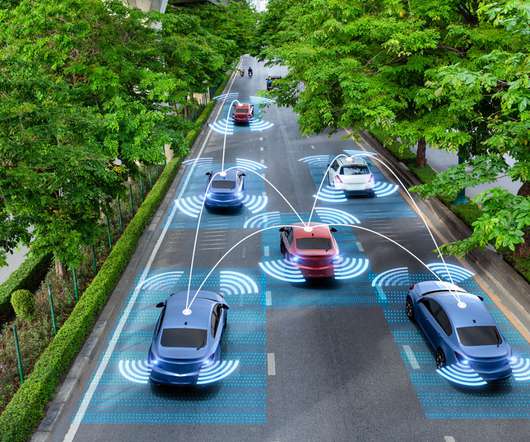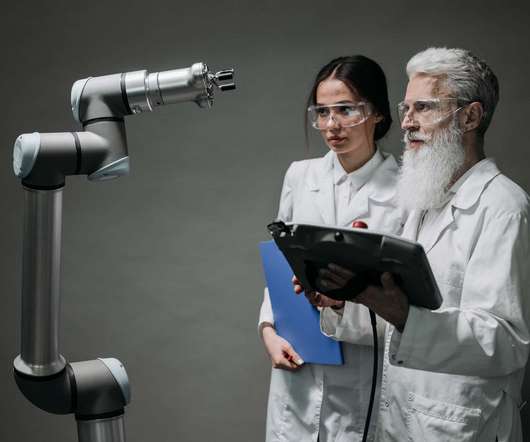Technology Trends For Transportation in 2023: Top 5
Abivin
JANUARY 10, 2023
Moving to 2023, data still play an important role in decision-making in transportation management. Furthermore, other technologies are constantly evolving and becoming more effective in logistics in general and transportation in particular. There are several benefits to using a cloud-based TMS.
















Let's personalize your content